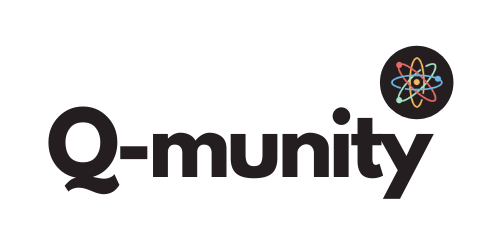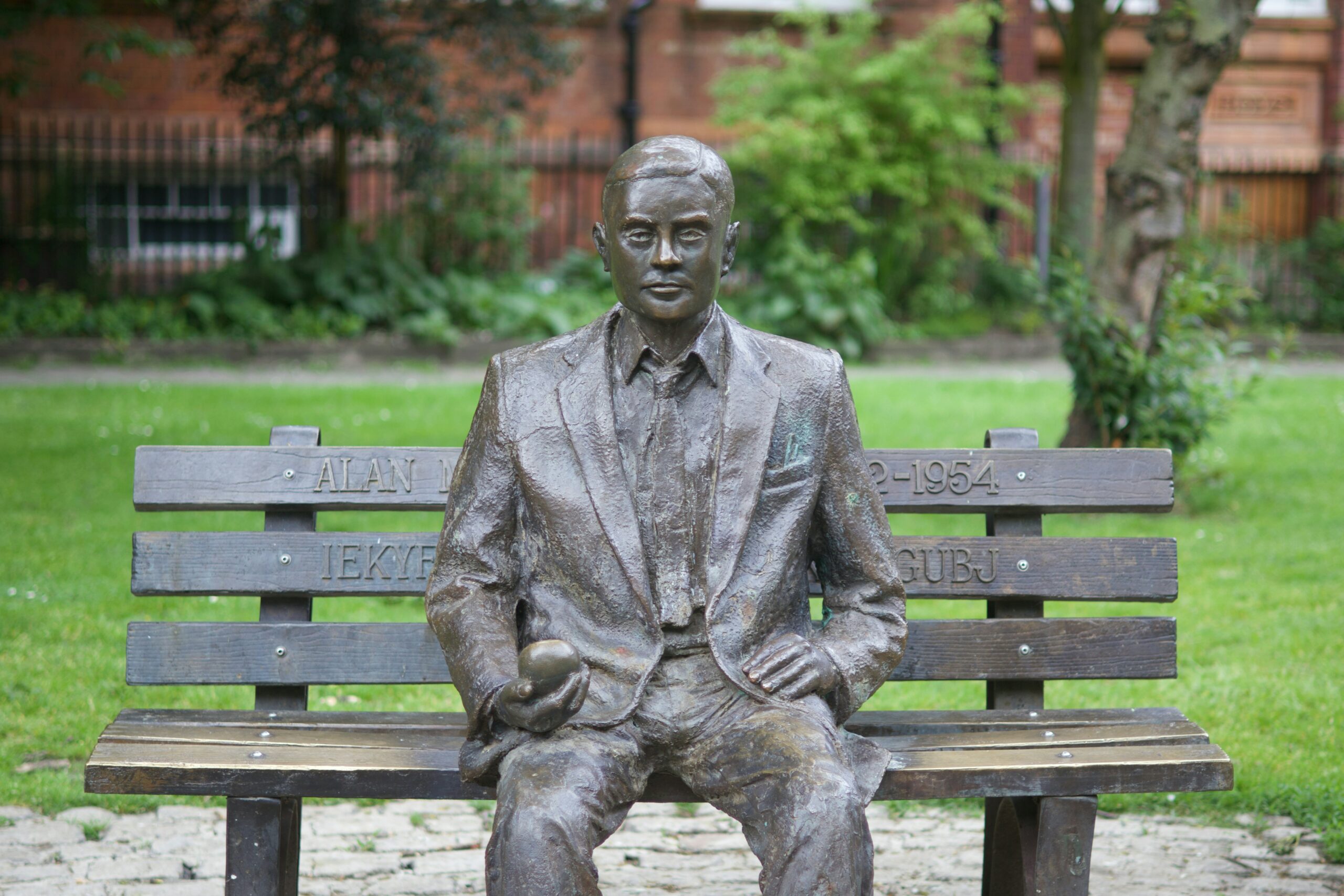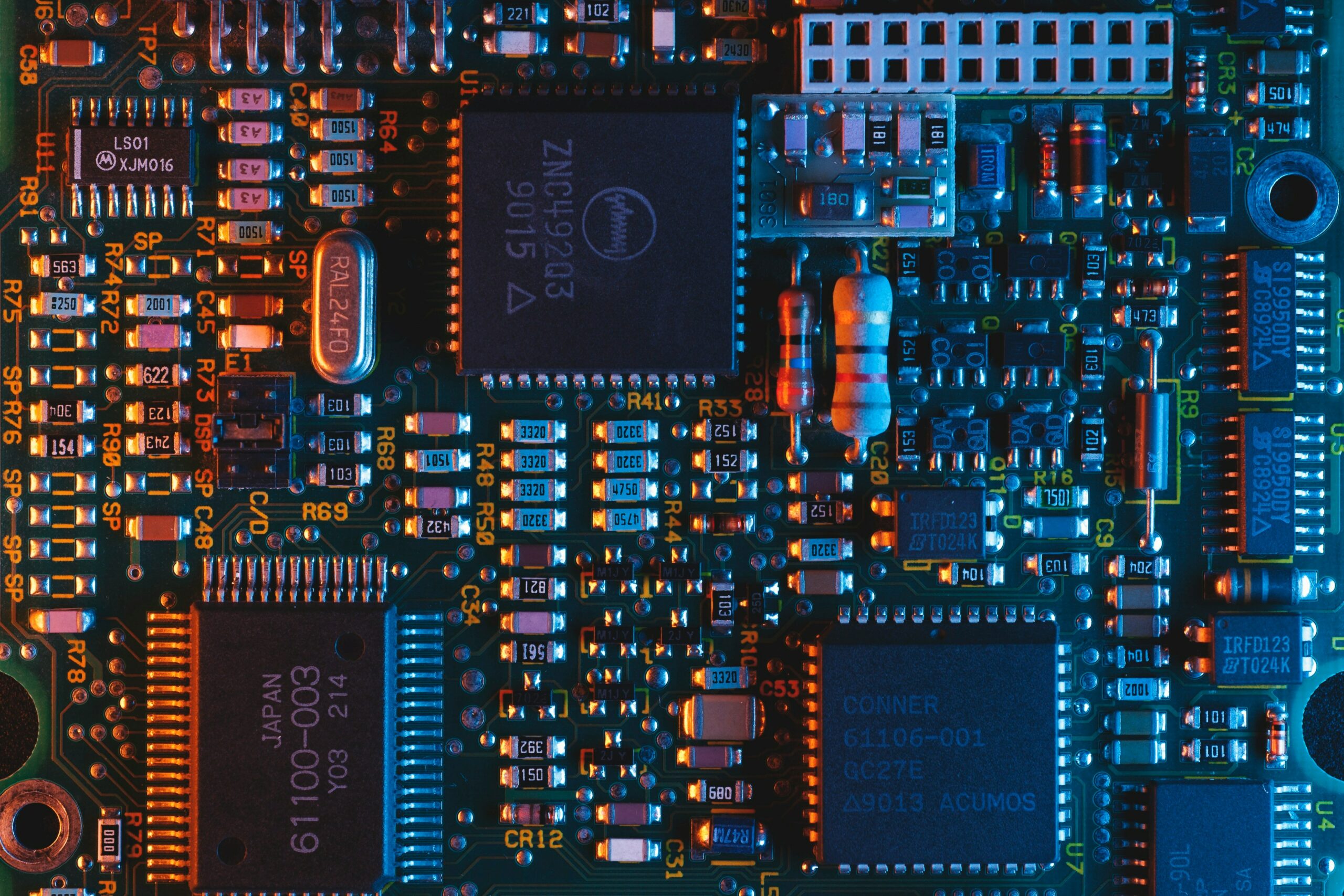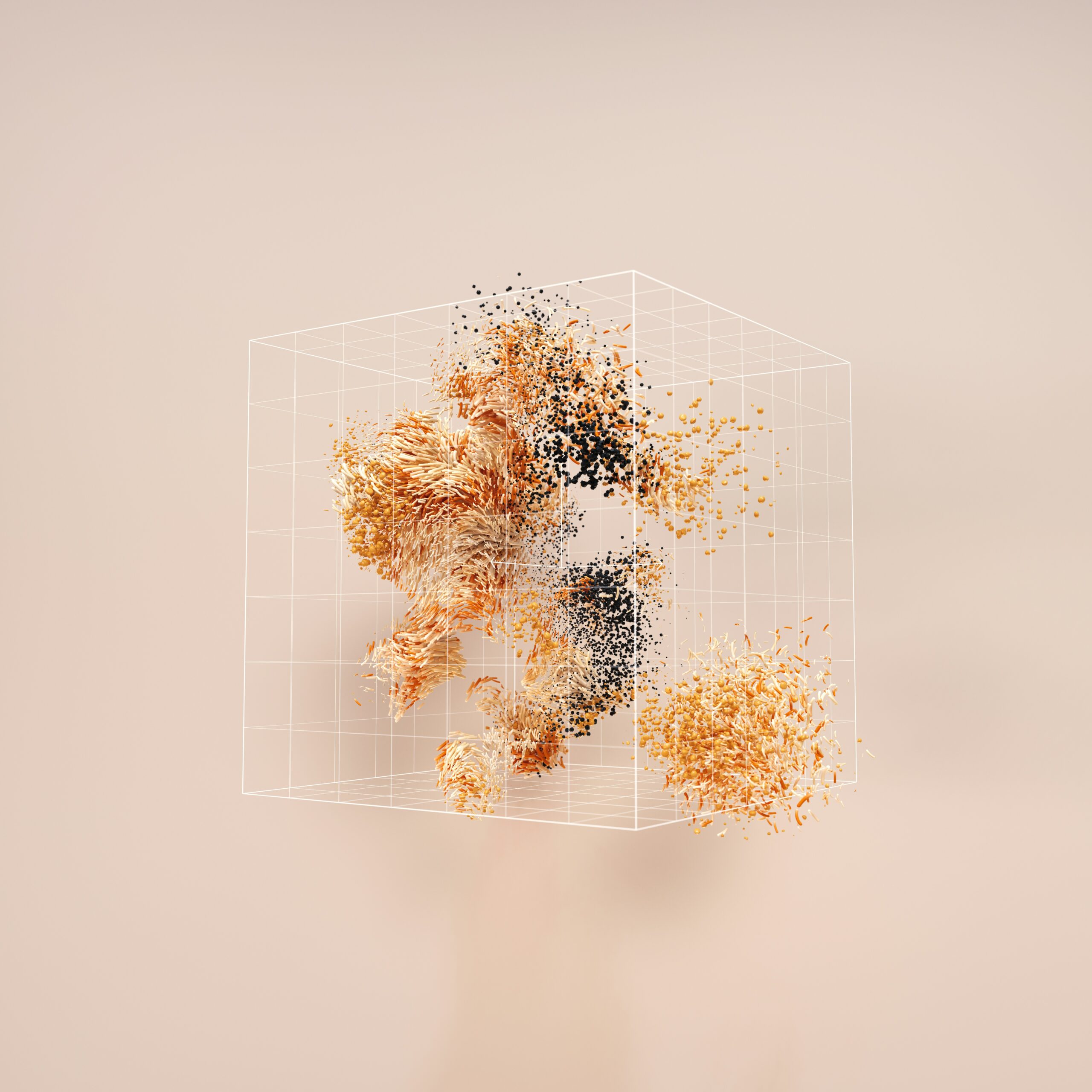August 1st is World Wide Web Day, dedicated as a celebration of the network that connects billions and billions of people. The lives of generations of people has been invariably altered.
Much of the progress in this connectivity – and the algorithms that drive the development of technologies ranging from communications to apps to artificial intelligence – stemmed from the work of pioneers. Among these many names is one that stands out: Alan Turing, the Father of Modern Computer Science.
Who was Alan Turing?
The invention of a computer – in a theoretical sense – is often attributed to Turing. He was born in London, England on June 23, 1912. In 1931, Turing entered the University of Cambridge to study mathematics. He graduated three years later, earning a fellowship in recognition of his research in probability theory.
His work would go far beyond just King’s College at Cambridge. In 1936, he published his career-defining paper, “On Computable Numbers, with Application to the Entscheidungsproblem.” Entscheidungsproblem – a mouthful to pronounce – translates to the decision problem. It describes a mathematical problem that proved frustrating – and relevant – for most at the time: what is a step-by-step algorithm to prove if a math statement is true or false?
Turing’s proposed solution – now known as the universal Turing machine – is the mathematical model of computers as they are known today.
Quantum Computers Carry On Turing’s Vision
This universal machine can be visualized as a box. This box takes in information in the form of an infinitely long tape covered with symbols, each of which correspond to some instruction. This combination of instructions, Turing showed, could be used to solve problems. Based on this model, Turing was able to show that there exist mathematical problems for which an algorithmic solution does not exist.
In simple words? There are problems that can’t be solved with the set of instructions Turing had access to during his time.
Quantum computers – whose mathematical representation took off in the 1980’s – open up a whole other can of worms. While classical computers are constrained to specific instructions – the true and falseness that so clearly defines bits – quantum computers and their corresponding sets of quantum gates could pose a new set of solvable problems.
In such a way, quantum computers extend Turing’s vision of an universal machine. Granted, quantum hardware is still catching up to the capabilities proposed by the theoretical quantum community. However, the question of what problems are now solvable by this non-classical technology persists.
This question has driven the rise of post-quantum cryptography, spurred on by the fear of RSA-breaking quantum computers. This question has lent optimism to environmental scientists hoping to solve climate change and raised renewed interest in alternative computational chemistry algorithms.
All of which carries on the legacy of one man, Alan Turing, established almost a century ago.







